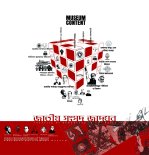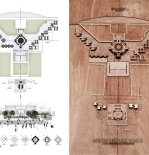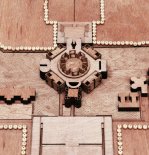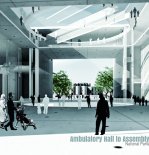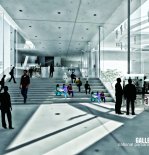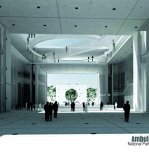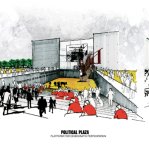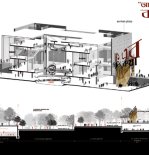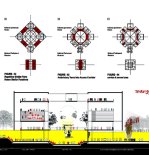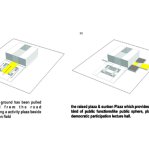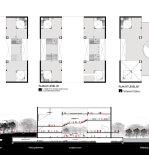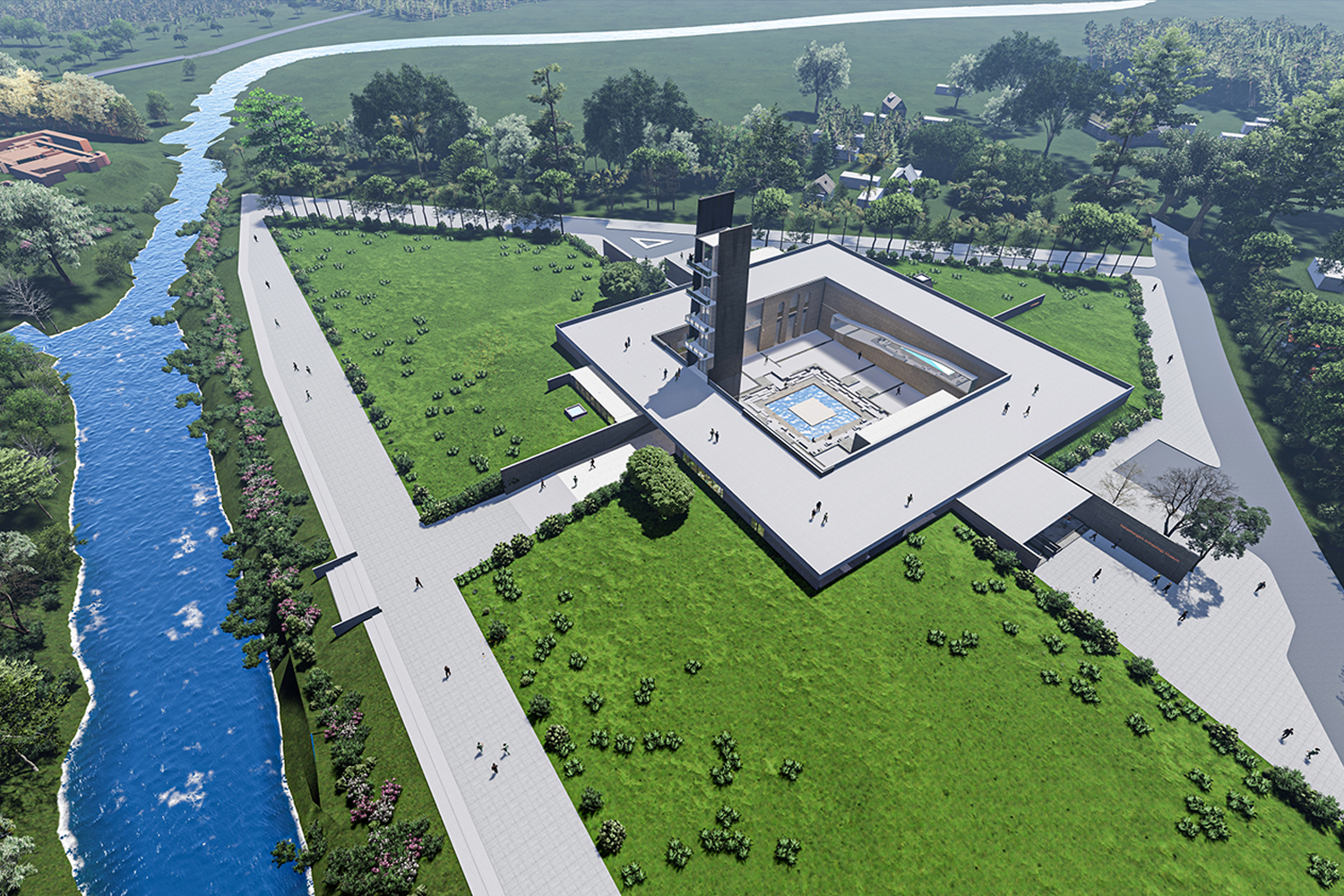National Parliament Museum | Bangladesh University

Our democracy, our sovereignty is our pride. Bangladesh is a democratic country and we follow representative democracy here. To maintain and practice a proper democratic system it is necessary for the common people to participate in politics and their opinions should be duly counted. The evolution of Bangladesh is rather a juxtapose of blurry images of pain, agony, sufferings and yet, of endless hope and potential. Nevertheless it took a long way to build this nation. But deep in our mind there is still a disputable blank space about the whole evolving story – have we achieved true democracy yet?

As always, the memory washes over the map with the conscious act of forgetting and moving on with the hope of prosperity. Though, contribution of this forgetfulness is not something that we should cherish. Rather as a responsible citizen it’s our duty to recall the bitter memories and learn, so that it can be used as a resource for the future betterment of the nation. Therefore a media platform is needed to express the voice of truth and views of every citizen. Abstractly it can work as a book of truth, peace and patriotism as well as a platform for democratic participation, thoughts & support to our democratic process. To become aware of our rights as a citizen of this country and be more involved in its political development, we need a space that will encourage and inspire us to learn about our own country and its potential.


There are three key features in the design. They are: • Symbol and representation • Constituting space in place • Creating public sphere.
Lack of neutral access in public spaces and squares insisted me to create a space which is dedicated for people of all classes. There are two main galleries- ‘Gallery of Politics and Democracy’ and ‘Gallery of Parliamentary’; there are also some open exhibition spaces.



Since the site is located in front the National Assembly building, it was a challenge. Respect to the masterpiece could never be compensated. From the beginning, the research has passed through 3 steps.
_A new concept for gallery theme
_Understanding the design morphology of Louis I Kahn’s architecture
_Conceptualizing the articulation in respect of the national assembly building at master plan level.


THE CENTRAL IDEA
Kahn’s assembly building is very seminal for number reasons -scale, monumentality and of course for its unpretentious, deep, profound relationship with the context and its impact on our social landscape. So we had to find a solution which had sincere respect for the masterpiece. It’s a story of, Accessibility, Urbanity & Openness ,so that, the two buildings actually work in a kind of complementary way. On one hand the Assembly building is more introvert as it is our capital legislative, the highest secured place of our nation; on the other hand the museum is more extroverted, open, visible & transparent. This is the real essence of our intention.


People come & start their journey from the plaza, then walk up & there is a central hall which guides them to other spaces of the museum. The continuation of vertical axis from national assembly building makes an AXIS CORRIDOR & creates a SENSE OF CONNECTION between the public & the Capital legislative. The termination of this Axis is at a vertical wall, the abstraction of our National flag.
The “Idea of Order” comes from the geometry of the National Assembly Building. For generating the figurative geometry of the museum, I tried to follow the precedence of geometry of National Assembly Building. The whole volume is based on an abstract essence.


There is no repetition of geometrical punches at the facades of the museum as it was an approach to respect the masterpiece, not imitating or competing with it. In the museum, the voids are the giver of lights, there are strong voids at the four corners of the form, and thus the light comes abstractly from there.
Concrete has been used as the giver of the strength, the main material of the museum. Since the museum is a part of the National Assembly Building, concrete promotes a semblance in the three dimensional expression.
| Image gallery |


